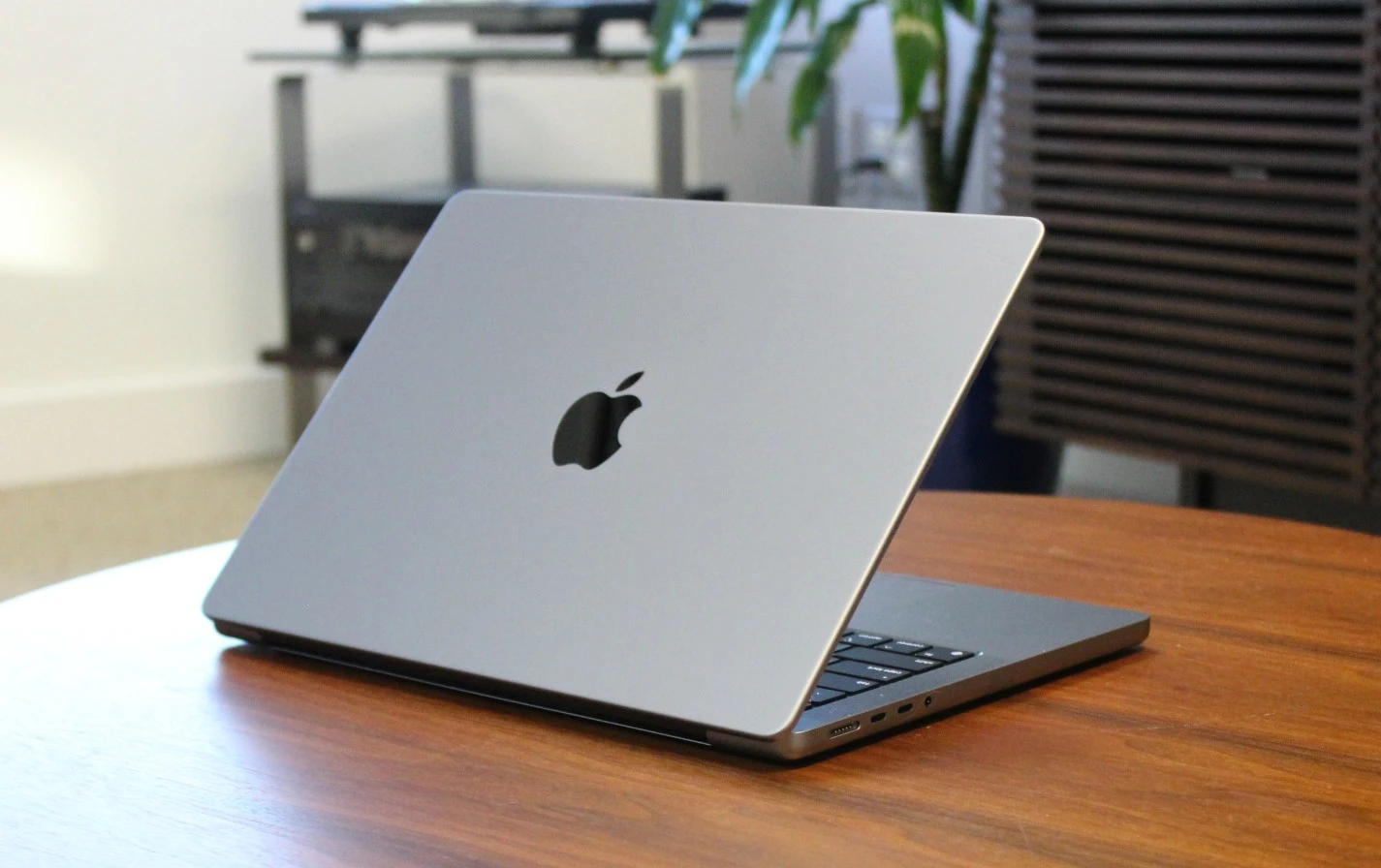
Quick Fixes to Common Mac Startup Issues: Utlimate Guide
Experiencing a Mac that hesitates or refuses to start can be alarming. Whether it’s a blank screen, a never-ending progress bar, or unexpected shutdowns during

By taking these actions, you ensure that Google Chrome does not automatically open, providing a cleaner and faster startup experience for your Mac.Remember to lock the settings by clicking the padlock icon at the bottom of the ‘Users & Groups’ window to prevent further changes. This will help maintain your preferences and keep your startup process optimized.
After making your changes, close the Settings tab and exit Chrome. Restart your Mac to ensure the changes take effect. You should notice that Chrome no longer launches automatically.By customizing the startup settings within Chrome, you gain precise control over the browser’s behavior. This allows you to tailor Chrome’s startup to your personal workflow, enhancing your overall Mac experience.
Remember, customizing your startup items not only prevents unnecessary programs from running but also can speed up your Mac’s startup time.
By managing your login items, you gain control over your Mac’s startup process, ensuring a more tailored user experience.Once Chrome is removed, it’s important to verify the change. Restart your Mac to ensure that Chrome no longer launches on startup. This simple action confirms that your settings have been successfully applied.
It’s important to regularly check your startup items, as some applications might re-enable themselves after updates or reinstallation.To ensure that your changes are persistent, you can use the Startup Security Utility, especially if your Mac is equipped with the Apple T2 Security Chip. This utility helps in verifying the integrity of the operating system on your startup disk, enhancing overall security. Remember, keeping your startup list optimized not only speeds up your boot time but also contributes to a smoother and more efficient Mac experience.
Removing clutter can significantly improve your Mac’s performance. Regularly clean out unnecessary system files, duplicates, caches, and old downloads. Consider using a Mac cleaner app like CleanMyMac X for efficient cleaning.For those with older Macs experiencing the dreaded spinning wheel, it might be time to look at hardware upgrades. An overworked CPU or insufficient RAM can cause significant slowdowns. To check your CPU usage, navigate to Applications via Finder and select Utilities > Activity Monitor.

Experiencing a Mac that hesitates or refuses to start can be alarming. Whether it’s a blank screen, a never-ending progress bar, or unexpected shutdowns during

Taking control of which applications launch at startup is a valuable aspect of customizing your Mac experience. By following the methods outlined in this guide,

In the realm of Mac troubleshooting, resetting the System Management Controller (SMC) emerges as a pivotal step. Often, this action rectifies a range of issues
|
*We are OPEN on 3 May 2025 (Polling Day). CLOSED ON 1 May 2025 (Labour Day) |